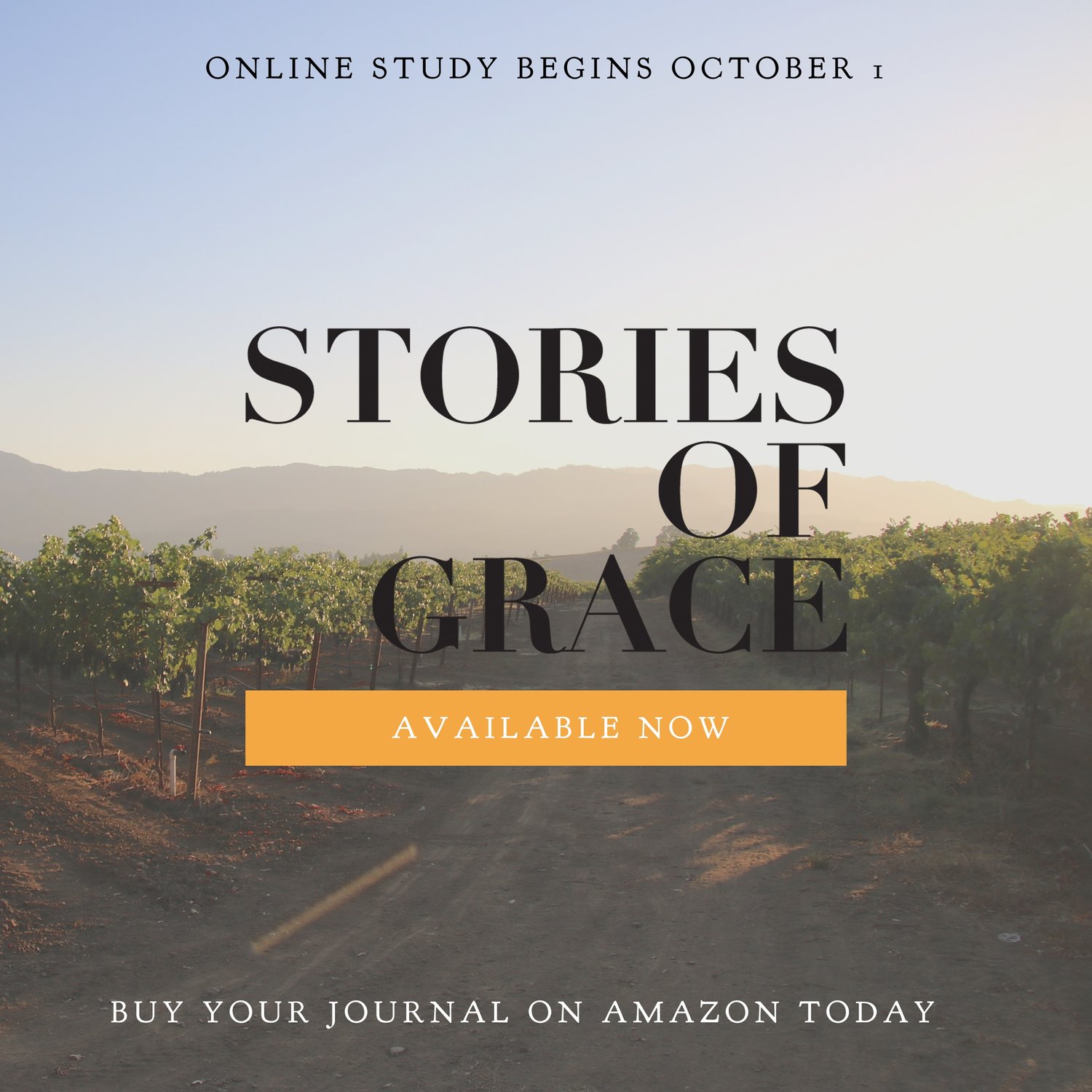Election Education: A Really Great Booklist
/This is not a political post. It's a post about hope and change. And a future. It's a post about sitting with children and reading and talking and thinking. It's a post full of good books to inspire great conversations. It's a post about educating our children so that one day, they will nominate excellent candidates for president and then, they will go into voting booths and do great things for our country.
In the interest of full and honest disclosure, it's also a post with handy links to Amazon, for which I will be compensated if you purchase. And I will also be super grateful:-).
This is a lengthy list, with something for everyone, even the grownups who are weary of the whole mess.
This is the Amelia Bedelia we know and love in her new picture book format, written by the original author's nephew.
Letting an elementary school vote on school rules? It probably won’t end well, but the ever-literal Amelia Bedelia’s first foray into the democratic process is a clever way to engage kids in a discussion of the upcoming Presidential election. Kids will learn about absentee ballots, run-offs, and the power of persuasion. Some of the humor in this book will be lost on kids who are homeschooled, but I wouldn't miss the book, because...Amelia Bedelia. Who can resist Amelia Bedelia?
I love the Amazon description of this one: Hey, you! Yes, you with the dazzling smile! The donkey wants your vote. So does the elephant. And each will do just about anything to win your support. Brag? Sure! Flatter? Absolutely! Exaggerate, name-call, make silly promises and generally act childish? Yes, yes, yes and yes. Soon, the tension mounts, and these two quarrelsome candidates resort to slinging mud (literally) and flinging insults. And what happens when the election results are in? Well, let's just say the donkey and the elephant are in for a little surprise --- and a certain bewhiskered, third-party candidate is in for a first term.
Vote for Me! is a timely satire of American politics, but it's a story readers of all nationalities and ages will recognize. Comical, retro illustrations (in shades of blue and red, of course) are completely winning, and the dueling duo's insult-laden exchanges promise to have readers laughing out loud.
It's far-fetched and a little more than a little ridiculous, but this one really works to entertain both the reader and the listener. The author and illustrator are an award-winning team. It's all here: baby kissing, diners, lots of coffee and lots of recounts. You can watch this one read aloud here.
Note: This is an updated version of the 2001 Caldecott classic, but it isn't current enough to include Barack Obama. Still, this gem is a trivia-loving kid's dream. From the Amazon review: The basic theme is that anyone can be president: a fat man (William Howard Taft) or a tiny man (James Madison), a relative youngster (Teddy Roosevelt at 42) or oldster (Ronald Reagan at 69). Presidential hobbies, sports, virtues, and vices all get a tongue-in-cheek airing, perfectly matched by Small's political-cartoon style of caricature painting. It's fun, but the underlying purpose is clearly serious: to remind kids that the American presidents have been a motley group of individuals, not a row of marble busts. Ironically, that message makes the presidency far more interesting (and appealing) than it seems in some of the more traditional books. There's a factual addendum at the back giving all the dates and names, with a one-line bio for each past-president.
This election is an historic one. A woman is at the top of a major party's ticket. No matter what you think of that woman (and really, I just don't want to know what you think), this is a good time to stop and reflect with our kids about women and voting in our country. This story is light, but makes its point. From School library Journal: History, the subtle and not-so-subtle oppression of women, and the redoubtable character of Elizabeth Cady Stanton are made real and alive in this colorfully illustrated story set in the summer of 1880. Cordelia loves to ride on Mrs. Stanton's old horse and hear the stories of her neighbor's own girlhood. Despite her efforts to ride and excel in Greek, young Elizabeth's only praise was to hear "Oh, my daughter, you should have been a boy!" Cordelia's brother puts her down in the same way when he makes fun of her desire to prove herself a courageous rider. On election day, the children accompany Mrs. Stanton on her yearly attempt to cast a vote in the local contests. Seeing her friend's courage in facing the taunts and scorn of the men gathered at the polls, and angry at the teasing of the local boys, Cordelia makes her own protest by taking the old horse over a four-foot fence in a daring and dangerous leap forward. McCully's richly hued, softly textured paintings beautifully evoke the late 19th-century era and the small-town world of Tenafly, NJ, where the widowed Stanton spent her last years. Skillfully weaving fact and story, The Ballot Box Battle offers a history lesson pleasingly framed in a story about an independent young girl. A full-page author's note gives further information on Stanton and on the creation of the book.
This book reminds me of Schoolhouse Rock. It covers a lot of academic ground, but retains its entertainment value throughout. It's one that eight- or nine-year-olds can read on their own, but why not put it in the hands of a 13-year-old and ask him to reader it to younger siblings? He'll learn a lot in the process. The Washington Post writes: “Anyone who needs a clear explanation of how a candidate can get the most popular votes and still lose the election should read See How They Run. (Did you know that Thomas Jefferson thought that the electoral college was "the most dangerous blot on our Constitution"?) Susan Goodman examines American democracy and political campaigns from 1789 to the groundbreaking Democratic primaries between Hillary Clinton and Barack Obama. Goodman includes the formation of political parties and contemporary voting issues, touching on difficult subjects such as election shenanigans, negative campaigning and voter fraud. The book's archival photos from the Library of Congress, humorous cartoons and informative sidebars hold the reader's attention. In one sidebar called "Getting Better All the Time," the author observes that our democracy isn't perfect, but progressive: "Good News: The United States was the first modern democracy with an elected government protecting the freedom and rights of its citizens. The Bad News: In the beginning, only white men who owned land could vote.” As with almost every current election-themed book, there are political biases. These are talking points. Read with your kids and talk about them. It's a jungle out there, folks, and before you can blink, they'll be voting. These conversations need to happen early and often in order to educate the electorate. Because, you know, if you have an electorate that can be swayed by reality TV and internet spin, you might end up with two candidates very few people really want for President. We can do better. The future is now. Read, talk, read, and then talk some more.
Sometimes, we take for granted how easy it is to go to the local elementary school and cast a ballot. Sometimes. This year, more than one person in my household who is old enough to vote is mournfully contemplating not voting for president. Much conscience wrestling is happening. This is not voter apathy; it's voter torment. Still, everyone of voting age will go vote, even if to vote down ballot. We'll walk the block to the very safe school and we'll smile at our neighbors. We'll take our young children with us. It's what we do, every year.
This book offers our very comfortable children a look at voting somewhere else. Historical, but still within the lifetime of our generation of children, this is the story of young Thembi, a girl who accompanies her 100-year-old great-grandmother to the polling place in the first all-race elections in South Africa. Infirm and housebound, Gogo is determined to vote and does so with a little help from her community. Truly sobering.
This is a book that will forever burn into the heart of a child just how precious is the right to vote. Not set a world away like the book above, this one is set in Mississippi. Told with four voices, it's a bit of a challenging read, well worth it for middle years readers. The first voice is Sunny, a 12-year-old white girl, and the second is of Ray, a 16-year-old black boy. They live in Greenwood, Mississippi in the summer of 1964. This is a well-craftedmultidimensional picture of a deep south town during Freedom Summer.
Sunny becomes increasingly aware injustices towards African Americans in her town. She also begins to the violence on the part of the police. At the same time, Ray is learning just how unfair Jim Crow laws are and he is agitated and impatient to see if the Civil Rights Act of 1964 will be enforced immediately after it is signed.
In his part of the story, Ray chafes at the lack of equality in the Jim Crow South. For him, the civil rights workers are moving too slowly. He pushes to see if the Civil Rights Act of 1964 will be enforced in Mississippi almost as soon as it has been signed.
The last episode of the book is as predictable as it is horrifying. this is literature that will stick with the reader.
I have two readers for whom I want this book to be the literature core for October. Both of them are reluctant/struggling readers. This book is a good one for an Audible choice. It's read in four voices and it will bear some of the reading challenge, letting this listener pay attention to plot and characters instead of struggling with form.
Presidential Elections: And Other Cool Facts,
If you're looking for one volume of lots of facts to use as a spine for teaching all about elections, this is it. Also, this one is very current. It's a fully up-to-date book full of interesting information for middle years kids. Especially noteworthy: here's an excellent explanation of the electoral college.
They say that the hand that rocks the cradle rules the world. That is especially true in the case of the women of this book. Surely, I'm not the only one who is intrigued about the mothers who raised presidents. all of the presidents are represented here and each woman's story is told, even if only a little is known about her. Watercolor and pencil illustrations make for satisfying lingering over pictures. I really kind of love this one.
Election! A kid's guide to picking our president
This is another book full of facts and information. It's a practical, well researched, up-to-date guide to elections for kids (and grownups, too). Dan Gutman is a reliable resource for civics education and there are lots of discussion prompting pints here. The book is written in Q & A format and covers 120 questions kids ask about elections. It's quite thorough.
White House Kids: The Perks, Pleasures, Problems, and Pratfalls of the Presidents' Children
We live close enough to Washington, DC that my children walk past the White House every now and then when we visit the city. And every single time, someone says, "Can you imagine playing family soccer on the White House lawn?" Then we have a long conversation about what it would be like to live in the White House. This book "has highlighted some of the mischief, the mysteries, and the mayhem the White House kids have been a part of while living in the nation’s capitol. The book design is inviting with sidebars, fact boxes, illustrations, and photographs. Connect this book to the website First Kids which also has lesson ideas. "
Two for you:
Mama, are you tired of this election cycle? Weary with general ugliness of it all? How about Dana Perino's And The Good News Is: Lessons from the Bright Side, just for a cheerful change of pace.
And then, there's Peggy Noonan, whom I really adore. This one is a breath of fresh air in the current climate: When Character Was King. Imagine that. Character was king.
There are more books, links, and ideas in this post, from 2008
These are the resources from that post that are still current, but you might also want to look at comments there.
D is for Democracy
Woodrow for President
D is for Democracy comes with an entire free unit study here.
A rockin' trip down Memory Lane for Mom and Dad and some seriously catchy jingles for a whole new generation of future voters: Schoolhouse Rock Election Edition DVD. This comes with a map and stickers for election night.
Here are plenty of sites from which to glean ideas:
• Ben's Guide to U.S. Government for Kids
• Congress for Kids
• Constitution Center
• Kaboose
• First Gov for Kids
• NationalArchives
• National Museum of American History
• PBS for Kids



























